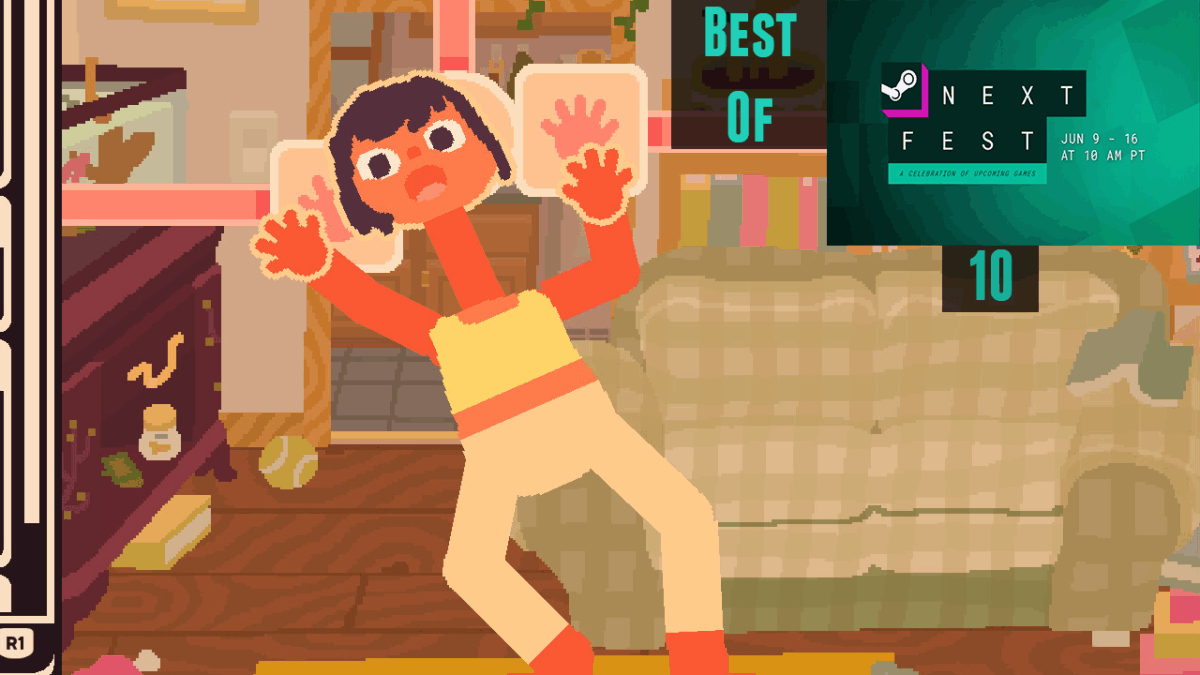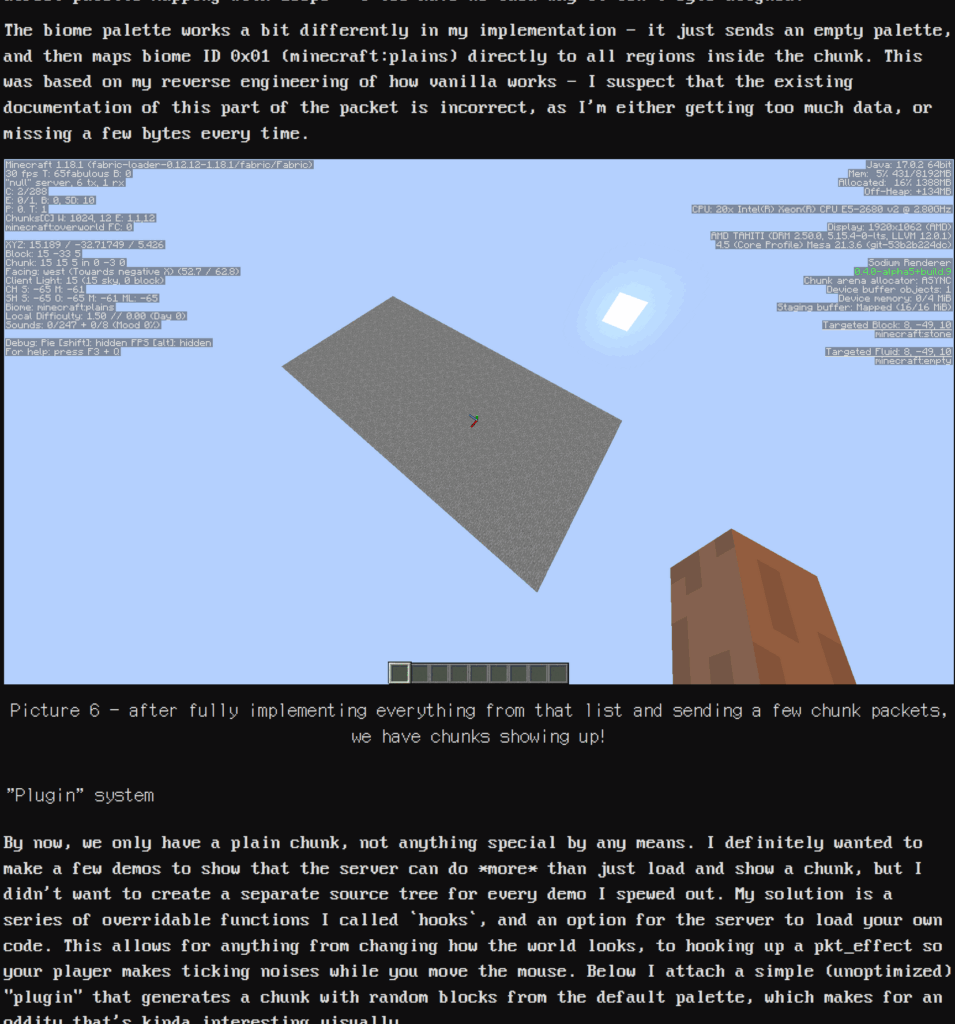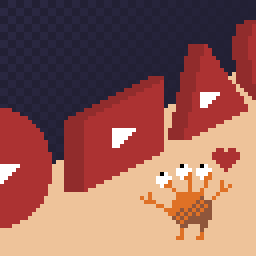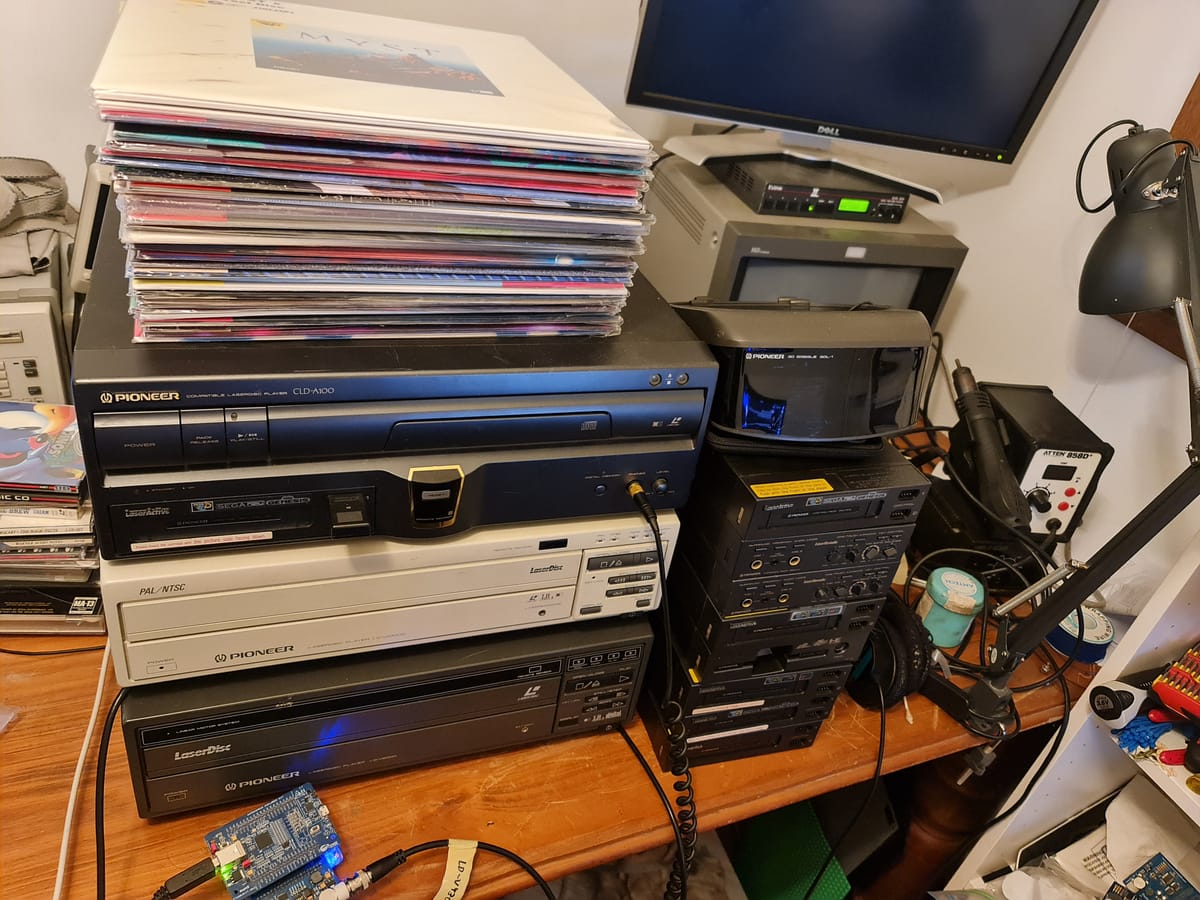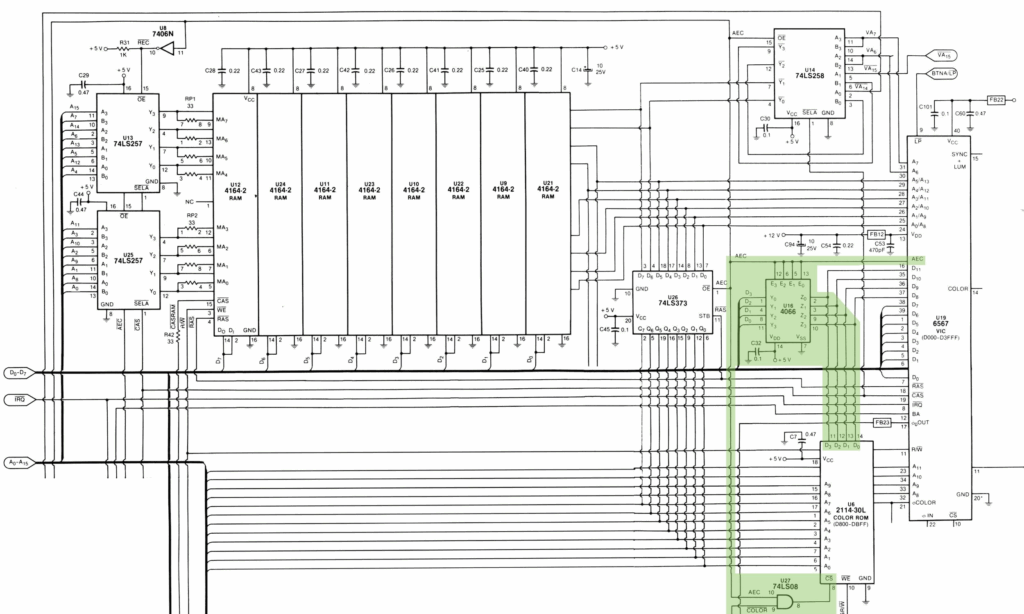This Youtube video is a follow-up to Choa’s 40 Sonic Adventure 2 Facts, which we posted about recently. Unlike the standard lists of this nature that litter the internet, most of the ones in these two videos are genuinely interesting, and paint a picture of a team trying a lot of things to make their take on the Sonic series work, while pressed for time.
Here is the video, all 29 minutes of it:
For those not acquainted, Sonic Adventure had a weird structure, with free-exploration Adventure Fields, with permanent powerups to find, NPCs to talk to, and even a few subquests; and more demanding Action Stages. Each action stage had an entrance somewhere in an Adventure Field. Sonic Adventure had six playable characters, each with an entirely different style of gameplay! Sonic running, Tails racing with Sonic, Knuckles treasure hunting, Amy being chased by robots, Omega (itself one of Eggman’s robots!) blowing things up, and Big the Cat… fishing.
What a weird game. And you can tell just from playing it, the weirdness extended to its development. Characters can enter parts of courses intended for other characters. There are secret areas that seem like a holdover from early development, that sometimes can still be entered. Voice lines and animations that are very obscure, or even impossible to trigger without mods, remain in the game. Choa’s video is not a complete listing of these oddments, but it’s certainly a good introduction to them.

